Combining Sentences Worksheet 6th Grade
Need a helpful resource to reinforce sentence structure and practice combining sentences? Look no further! Introducing our new Combining Sentences Worksheet designed specifically for 6th graders. This worksheet focuses on the entity and subject, providing suitable exercises to enhance students' writing skills and aid in their grammar mastery.
Table of Images 👆
More Sentence Worksheets
Kindergarten Sentence Worksheets4 Types of Sentences Worksheets
Simple Sentences for Kindergarten Worksheet
Simple Sentence Worksheets 6th Grade
Kindergarten Sentence Practice Worksheets
Four Types of Sentences Worksheets
A 5 Sentence Paragraph Writing Worksheet
What is the purpose of combining sentences?
The purpose of combining sentences is to create a more cohesive and structured piece of writing by connecting related ideas, improving flow, and avoiding repetition. This helps to make the writing clearer, more organized, and easier for the reader to understand.
What are some common conjunctions used to combine sentences?
Some common conjunctions used to combine sentences include "and," "but," "or," "nor," "for," "so," and "yet." These words are used to connect ideas, clauses, or phrases together to create a cohesive flow in writing.
How can you combine two simple sentences into a compound sentence?
You can combine two simple sentences into a compound sentence by using coordinating conjunctions like "and," "but," or "or." For example, you can say "I like to read books" and "I enjoy watching movies" as "I like to read books, and I enjoy watching movies.
What are some examples of using a coordinating conjunction to combine sentences?
Some examples of using a coordinating conjunction to combine sentences include: "I went to the store, and I bought some groceries." (using "and" to add information), "She is studying for her exam, so she can't play outside." (using "so" to show cause and effect), and "We can go for a walk, or we can stay home and watch a movie." (using "or" to present alternatives).
How can you combine sentences using a subordinating conjunction?
You can combine sentences using a subordinating conjunction by placing the conjunction at the beginning of the sentence and using a comma to separate the two clauses. Subordinating conjunctions such as "although," "because," "if," and "while" help establish the relationship between the main clause and the subordinate clause, indicating the dependent nature of the relationship. By using a subordinating conjunction, you create a complex sentence that adds more information or context to the main clause.
What is a relative pronoun and how is it used to combine sentences?
A relative pronoun is a pronoun that introduces a dependent clause and connects it to an independent clause. Common relative pronouns include 'that,' 'which,' 'who,' 'whom,' and 'whose.' By using a relative pronoun, you can combine two separate sentences into a single complex sentence. The relative pronoun serves as the subject or object of the dependent clause, providing additional information about the noun in the independent clause. It helps to avoid repetition and create more cohesive and concise writing.
Can you provide an example of combining sentences using a relative pronoun?
Sure! Here is an example: "The book that I borrowed from the library last week is really interesting." The relative pronoun "that" is used to combine the sentences "I borrowed the book from the library last week" and "The book is really interesting.
How can you combine sentences using a correlative conjunction?
To combine sentences using a correlative conjunction, you need to pair key words or phrases that work together to link ideas. Some common correlative conjunctions include "both...and," "either...or," "neither...nor," and "not only...but also." For example, you could say, "Both Maria and David will attend the party." This structure helps to create a balanced and cohesive relationship between the sentences.
Can you give an example of combining sentences using a correlative conjunction?
Sure! An example of combining sentences using a correlative conjunction would be: "Not only did she ace her exam, but she also received a scholarship for her outstanding performance." In this sentence, "not only" and "but also" are the correlative conjunctions that connect the two independent clauses.
How can combining sentences improve the flow and clarity of writing?
Combining sentences can improve the flow and clarity of writing by creating more complex and varied sentence structures, which helps to avoid repetitive or choppy prose. By combining related ideas or thoughts into one sentence, the writing becomes more cohesive and easier to follow for readers. This technique also allows for the development of more sophisticated and nuanced arguments or descriptions, enhancing the overall quality of the writing.
Have something to share?
Who is Worksheeto?
At Worksheeto, we are committed to delivering an extensive and varied portfolio of superior quality worksheets, designed to address the educational demands of students, educators, and parents.

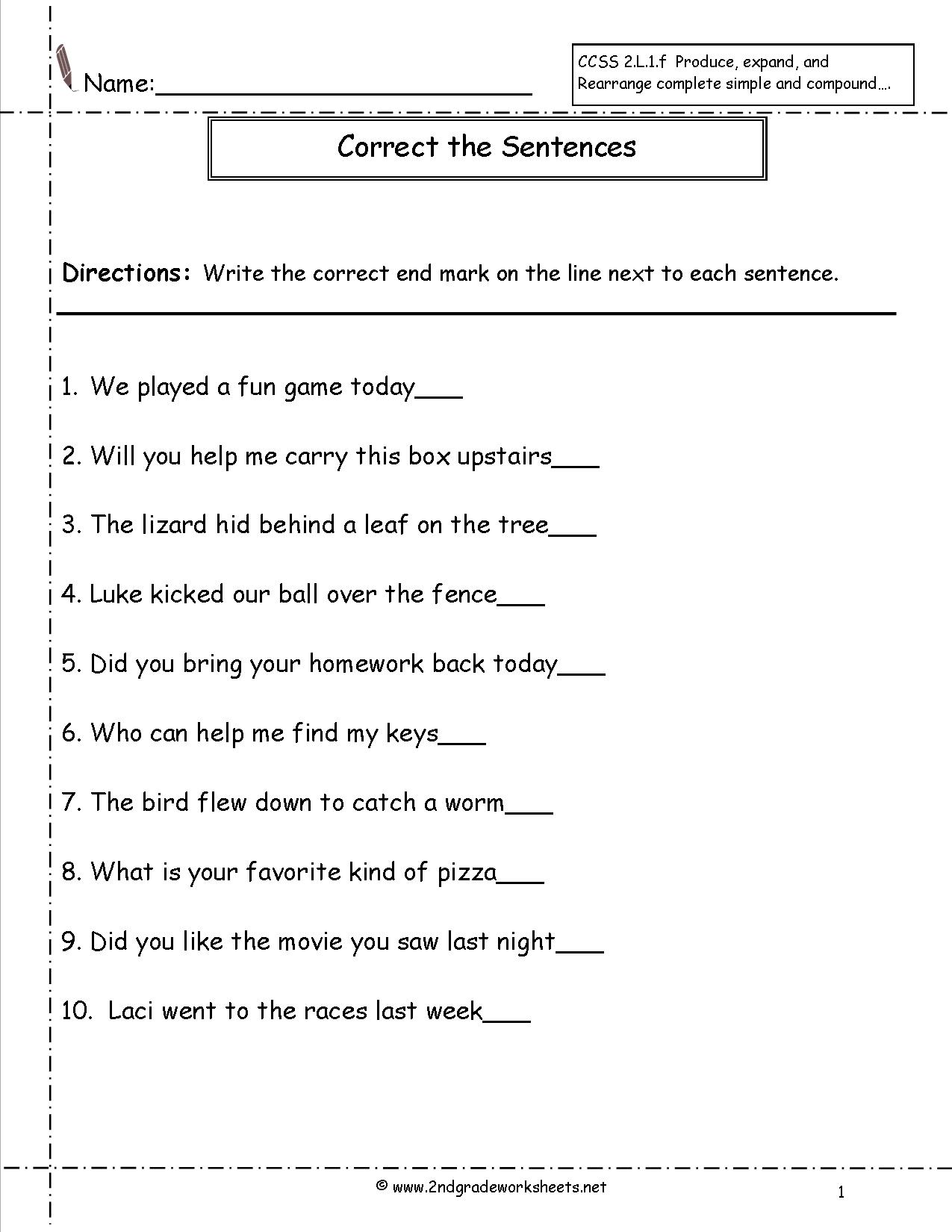



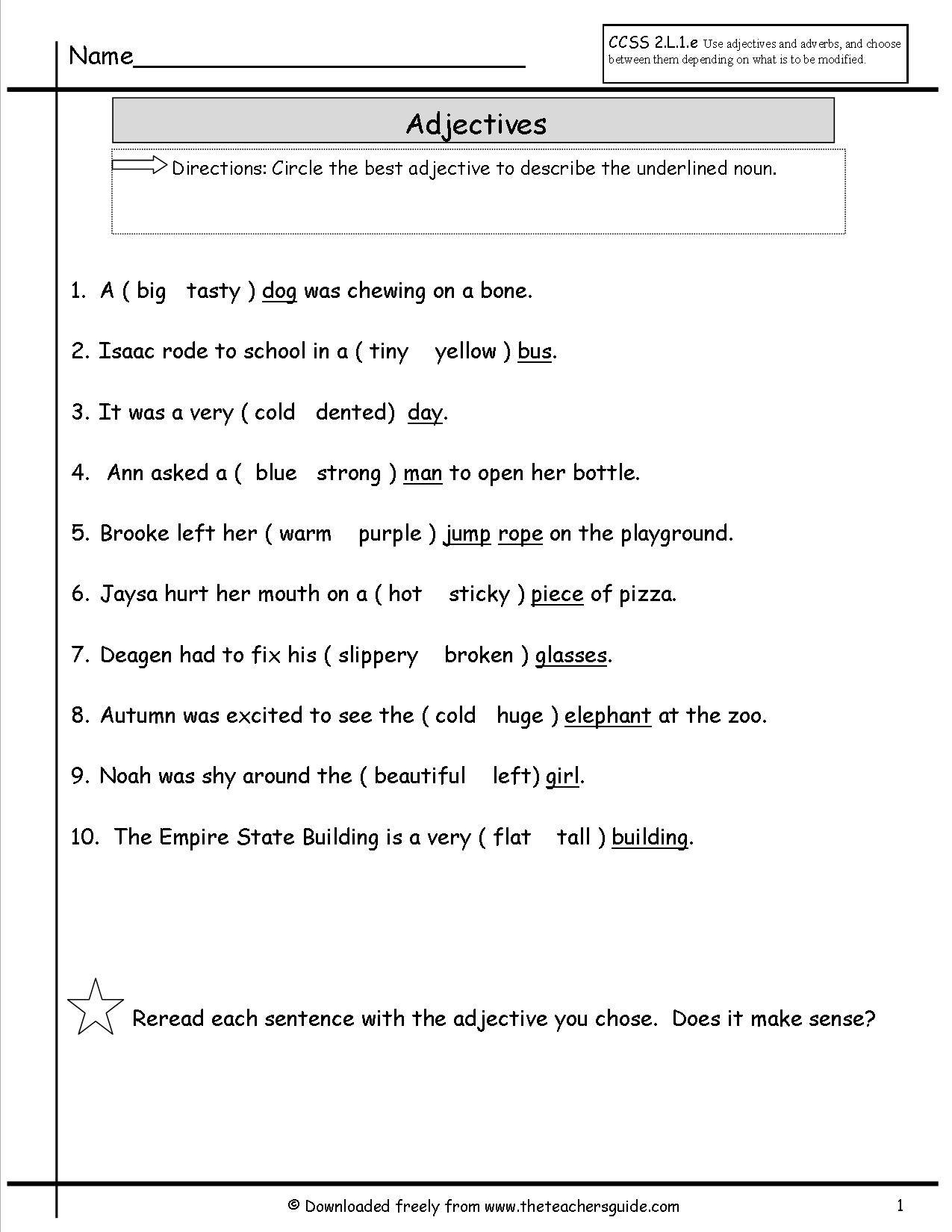
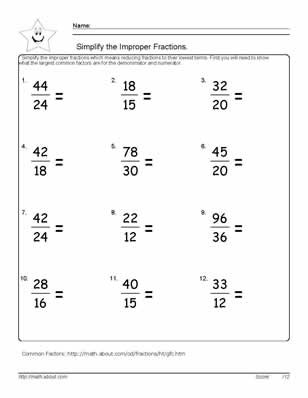


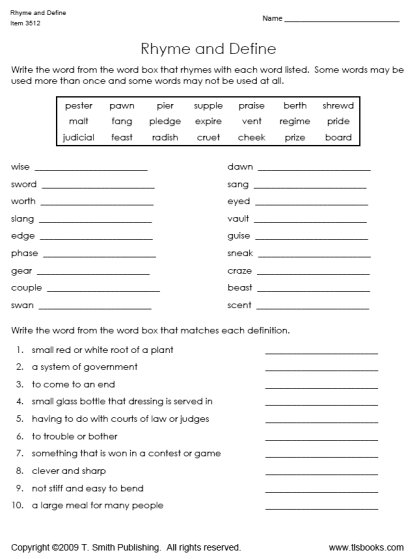
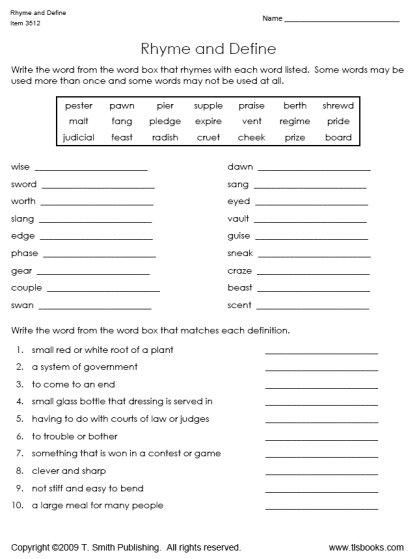
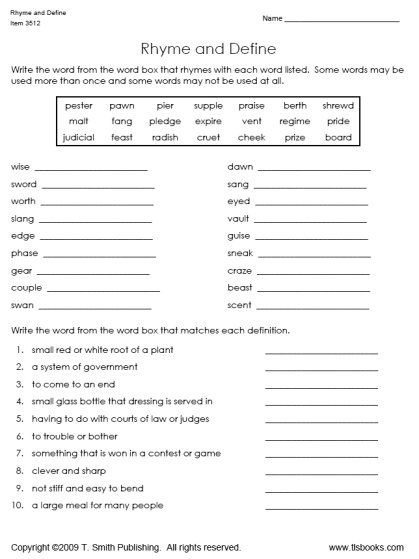
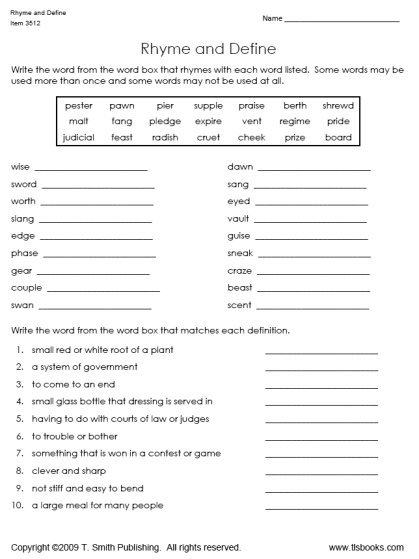
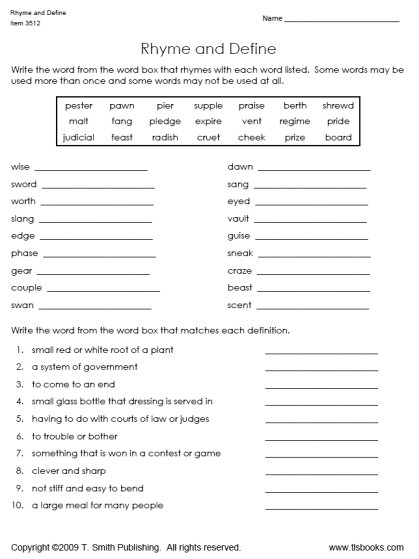
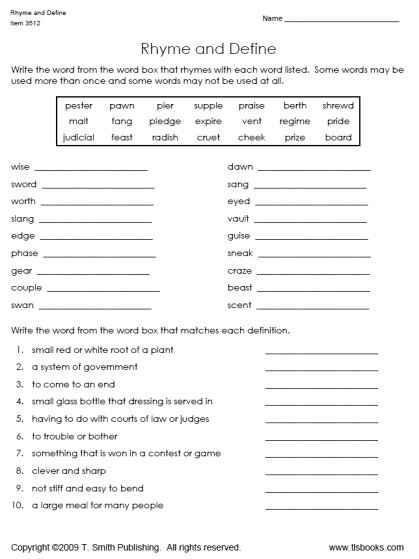
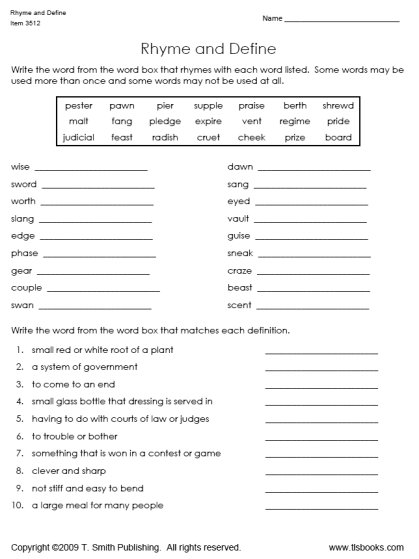
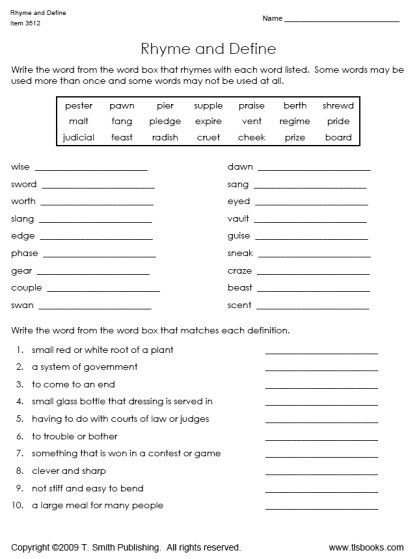
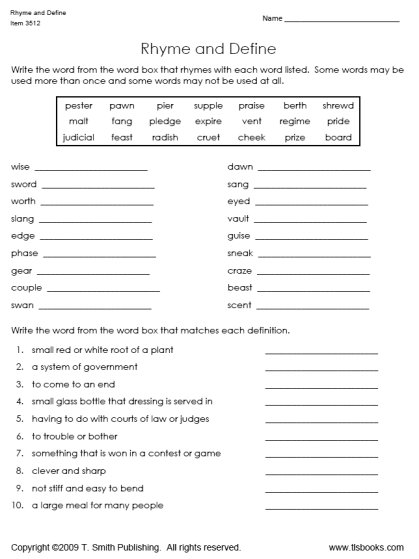
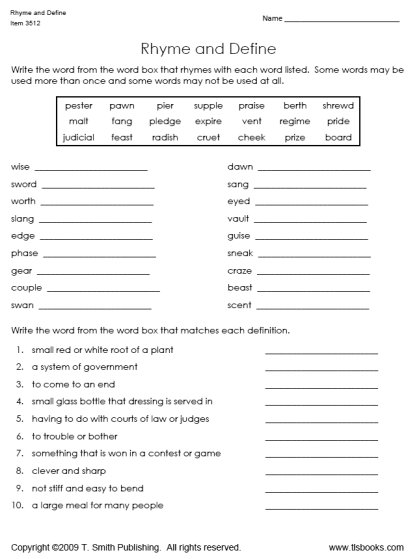

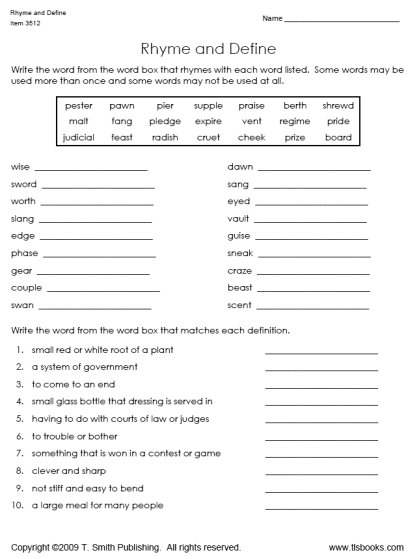








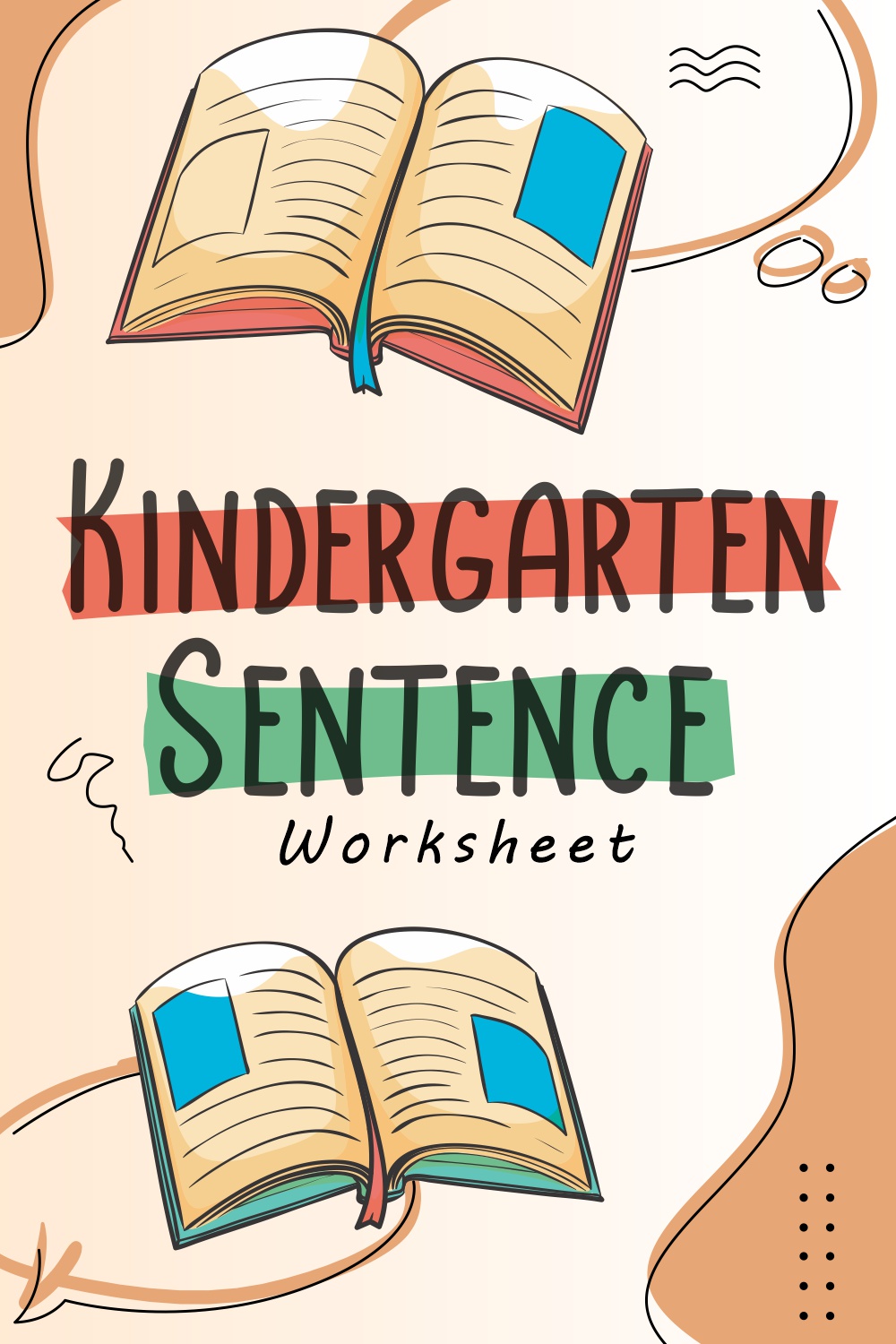
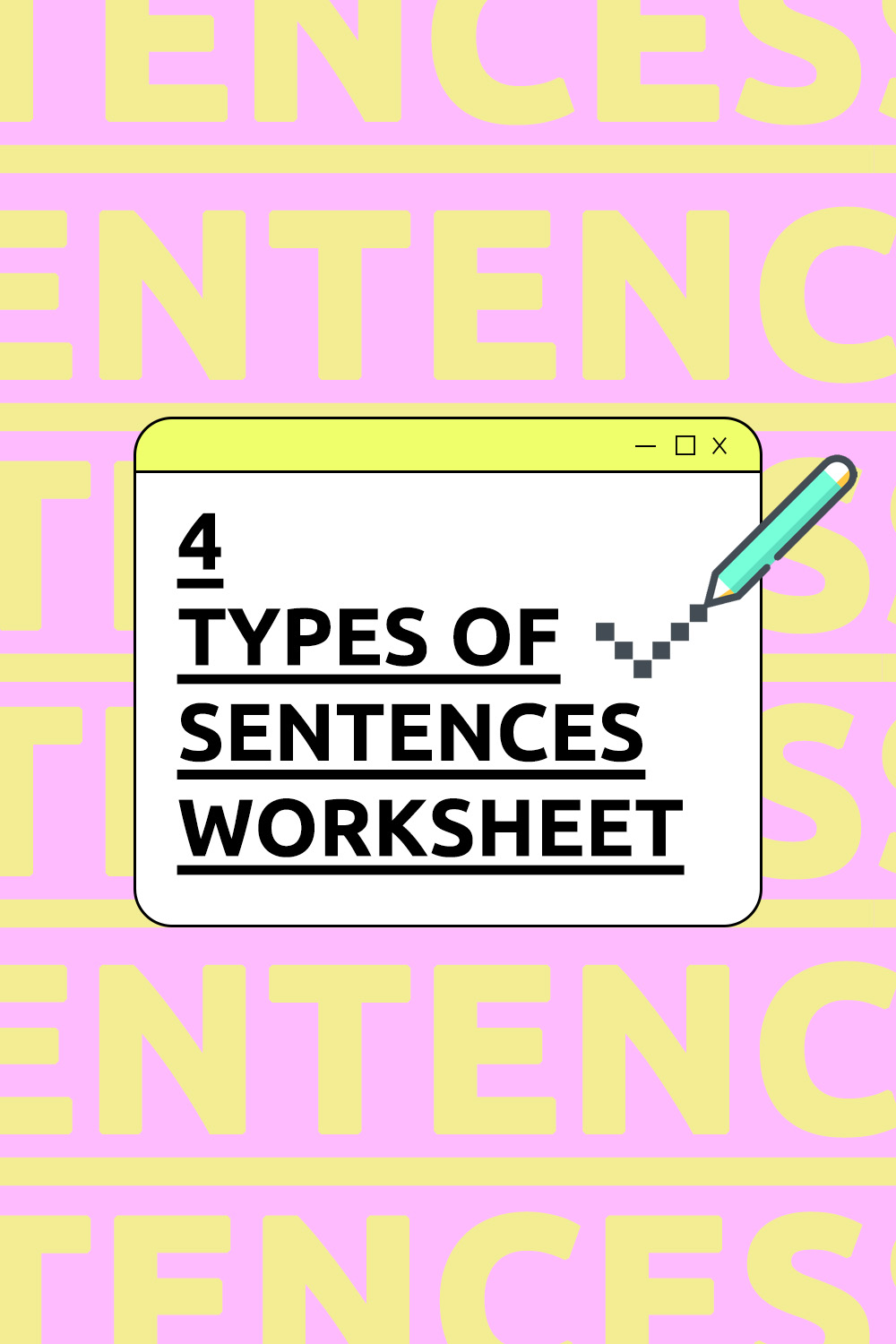
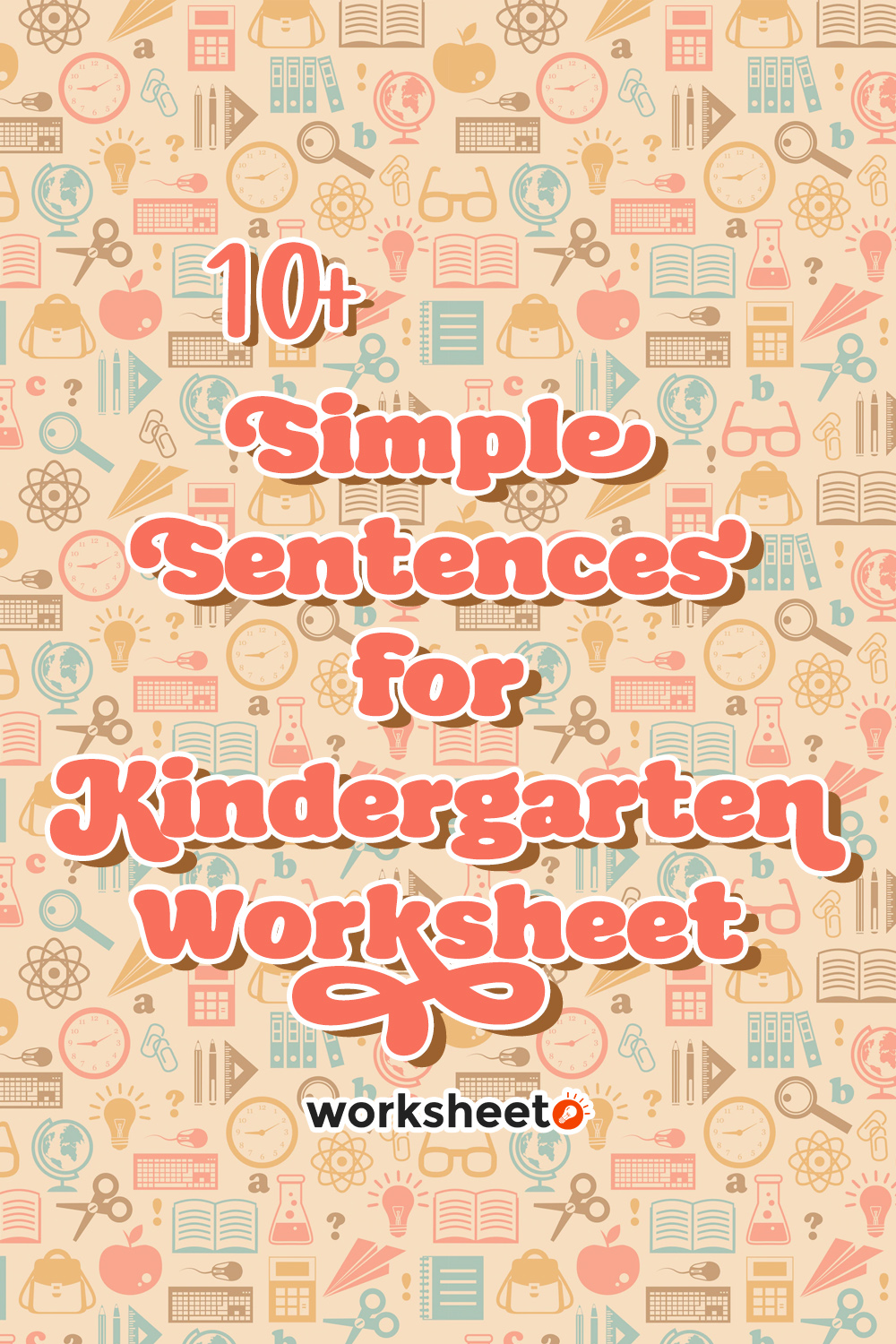
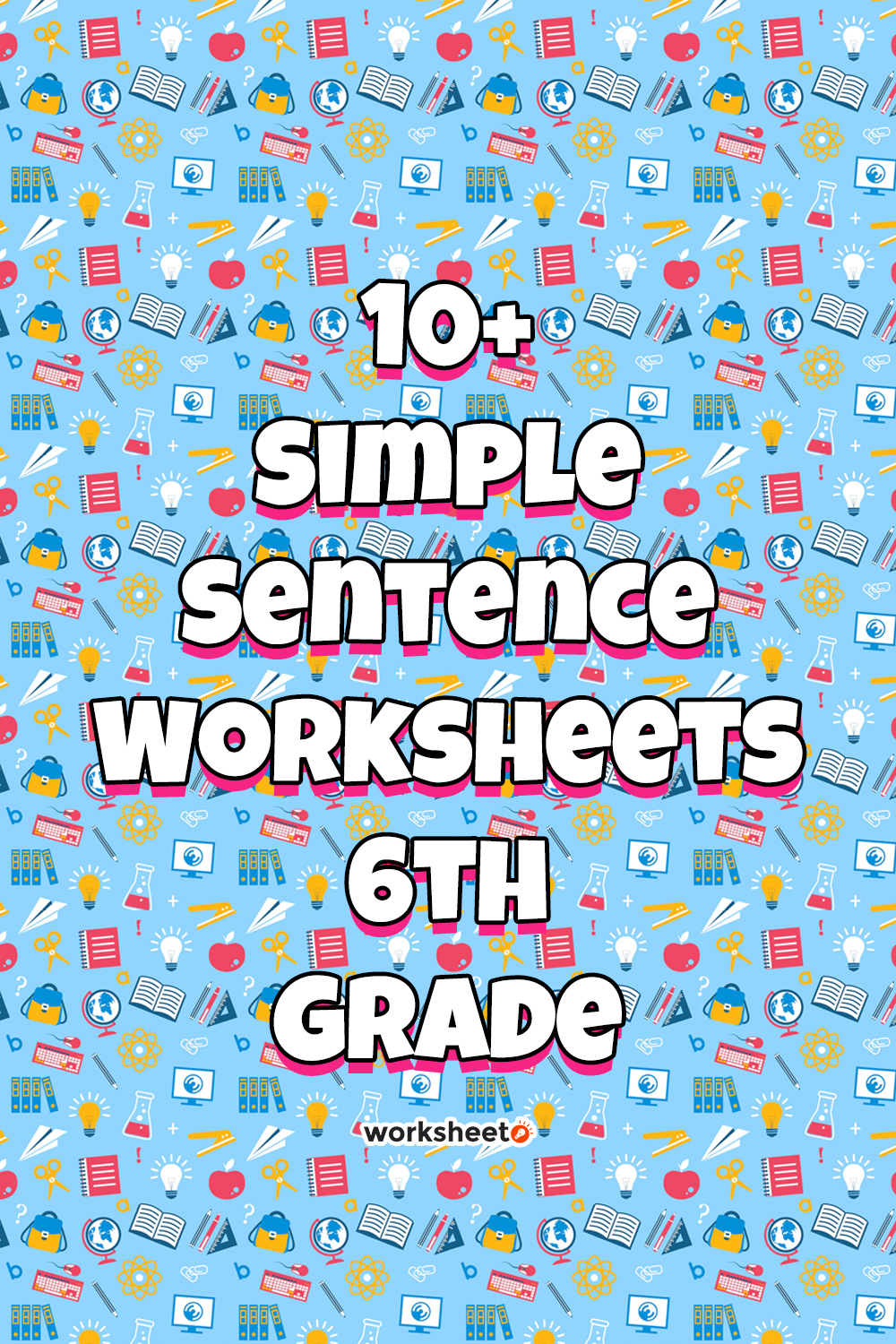
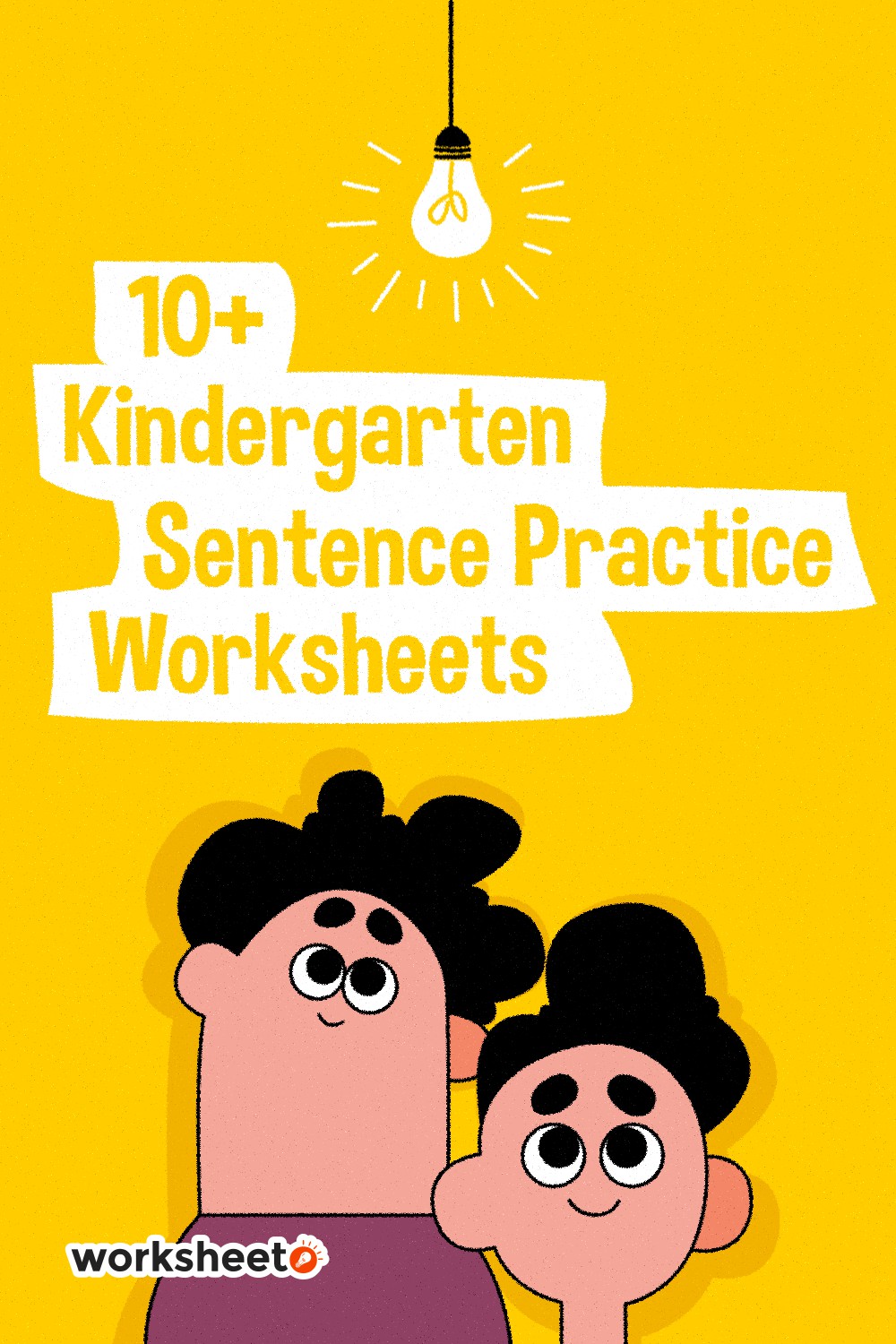
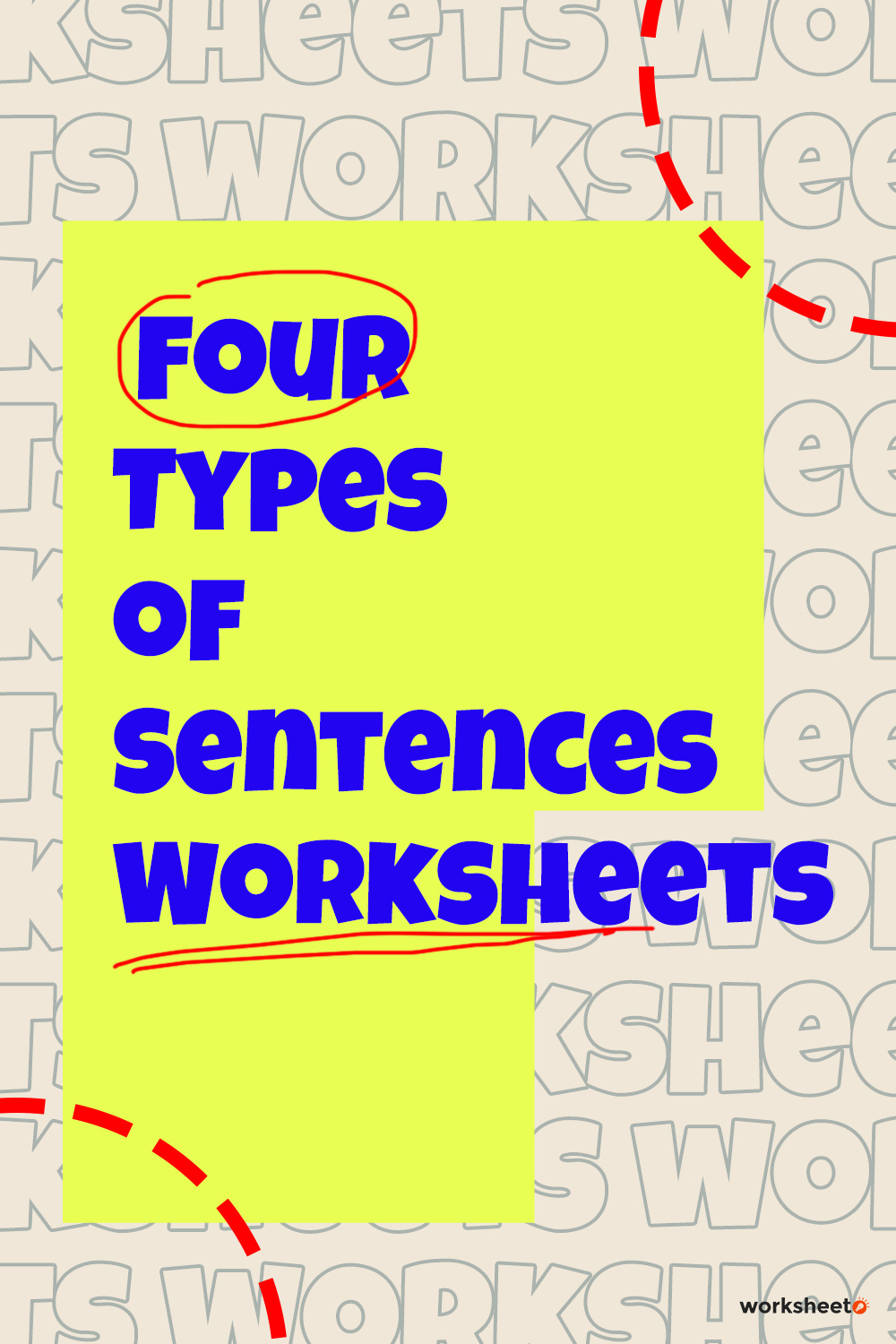
Comments